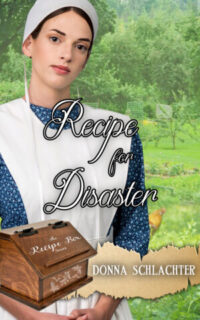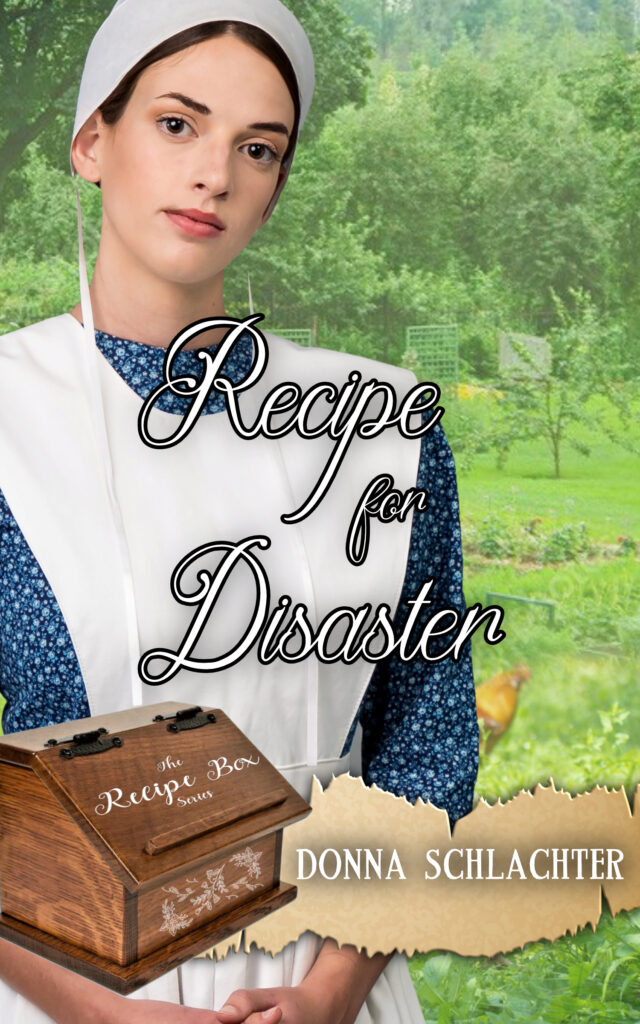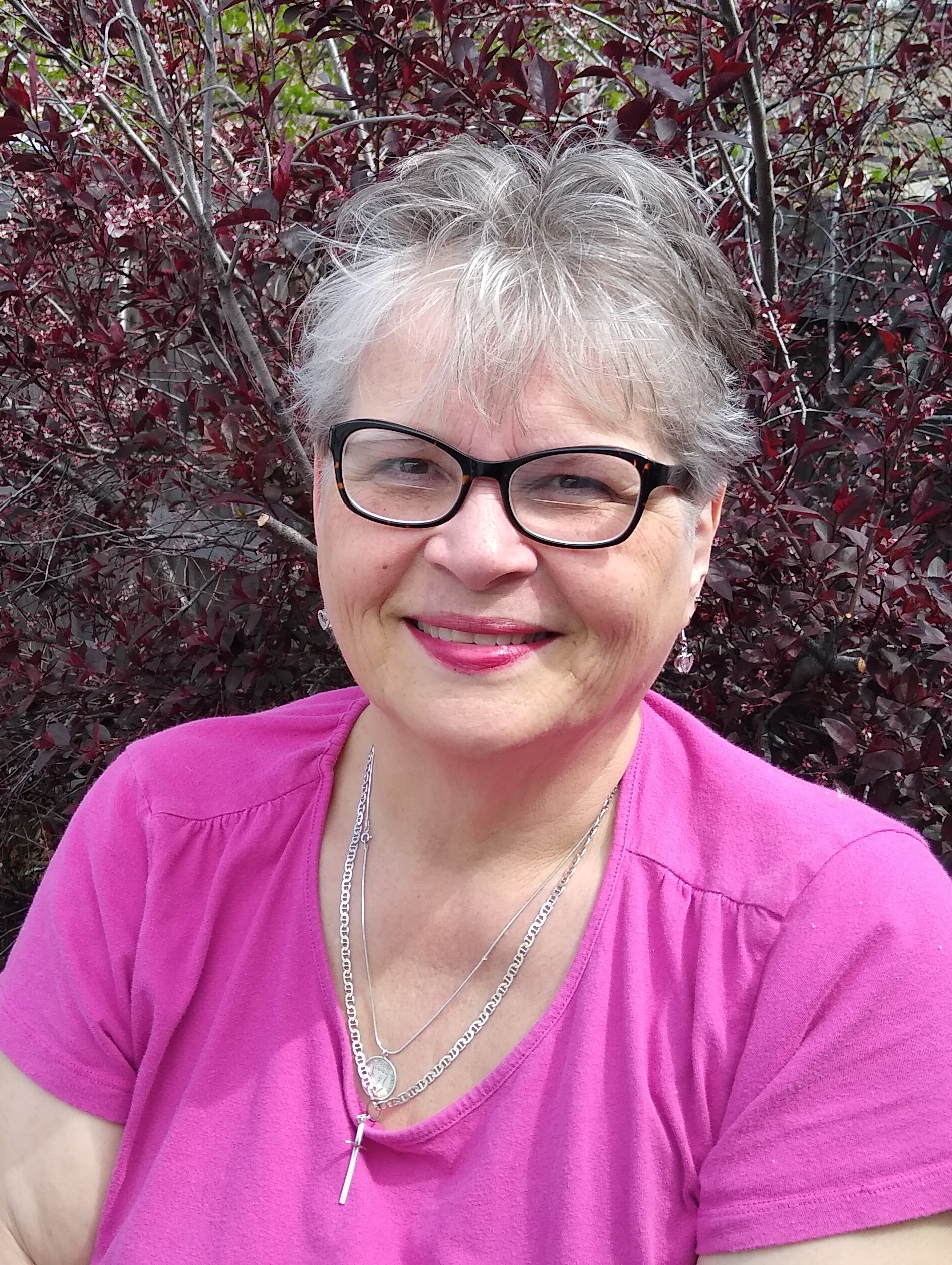
If your home is anything like mine, you have way too many unfinished knitting (or some other craft)
projects, more books than you can read in this lifetime, and cookbooks collecting dust on a shelf
because you don’t really like to cook (at least, that’s my excuse for not using them).
One of my weaknesses is cookbooks, particularly older editions passed down through the
generations of my family. I have a really old one that talks about using scalded milk, or that refers to a
pinch of salt. It even has little stories about the origin of names of the towns in that part of the country.
Fascinating reading while you wait for the butter to melt or the sauce to come to a galloping boil.
Here are some tidbits about recipes I learned during my recent research binge:
The first recorded cookbook is on four clay tablets from around 1700 BC in Ancient
Mesopotamia.
For the next 3,000 years or so, recipes were stored on whatever was at hand, such as
papyrus, leather, and paper.
Once the printing press came on the scene, collections of recipes were often compiled for
kings and royalty to use as bragging rights. Servants, too poor to purchase these items for
their own cooking, instead prepared them into delicious meals for the rich.
In the 15th century, publishers sought to increase the audience for cookbooks. With public
literacy increasing, cookbooks became less of a luxury.
In the 17th century, women’s roles changed, with gentlewomen of landed gentry getting
more involved in household matters. Recipe books appear that includes information on
cooking, brewing, baking, producing butter and cheese, making wine, dyeing textiles, and
management of medicines.
By the 18th century, with more folks congregating in towns, the recipes also needed
tweaking. Coal replaced wood as fuel, meaning many recipes needed adjustments.
In America, one of the first truly American cookbooks was published in 1896—The Fannie
Farmer Cookbook. Fannie’s cookbook popularized the modern recipe format which we use
today.
For me, I tend to ask my cell phone assistant for a recipe rather than look up a book, but it’s still fun
to leaf through and recall the fabulous meals of my childhood or early years of marriage when I actually
enjoyed cooking. Now, I tend to stick to the tried and true recipes—but occasionally, I like to venture
into unknown territory with a new recipe.

About Recipe for Disaster: Book 1 The Recipe Box series, 1784
A spinster sister, left behind by her four younger sisters, feels unwanted and unneeded. But when three orphans and a wounded soldier turn up on her doorstep, her life takes on new meaning.
A man in search of his family—has he found them at last? But something isn’t quite right.
Can God weave these five lives into something beautiful for His glory, or will half-truths and missing memories create a recipe for disaster?
Learn more here: https://www.amazon.com/dp/B0BMGFKVKN

Fascinating Friday Feature
Donna Schlachter
A hybrid author, Donna writes squeaky-clean historical and contemporary suspense. She has been published more than 60 times in books; is a member of several writers’ groups; facilitates a critique group; teaches writing classes; ghostwrites; edits; and judges in writing contests. She loves history and research, traveling extensively for both, and is an avid oil painter.
Connect Online:
- Website: www.DonnaSchlachter.com
- Facebook: www.Facebook.com/DonnaschlachterAuthor
- Twitter: www.Twitter.com/DonnaSchlachter
- Books: Amazon: http://amzn.to/2ci5Xqq
- Bookbub: https://www.bookbub.com/authors/donna-schlachter
- Goodreads: https://www.goodreads.com/search?utf8=%E2%9C%93&query=donna+schlachter

